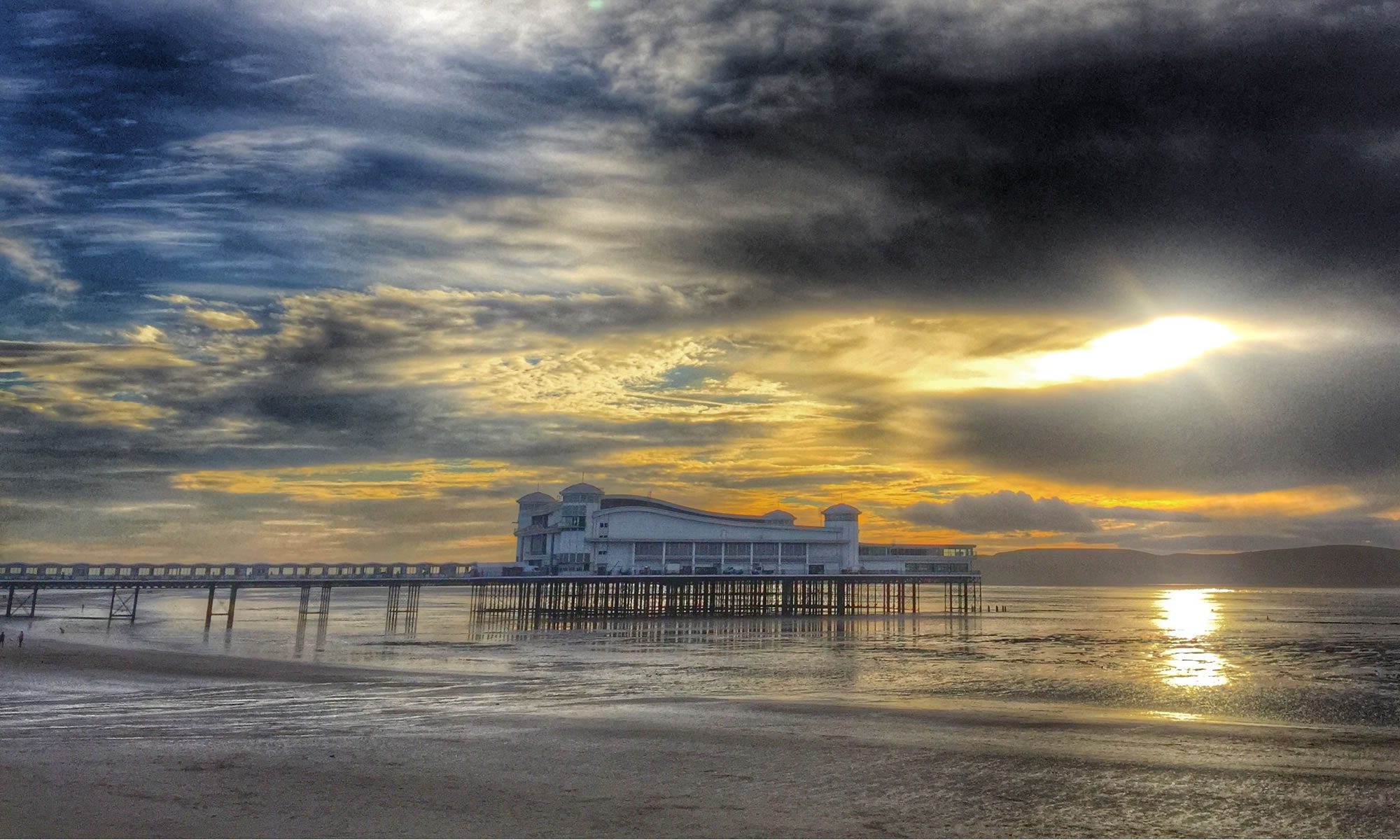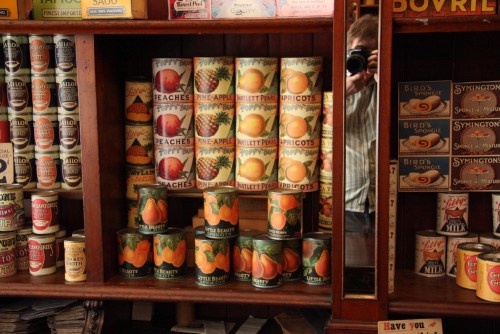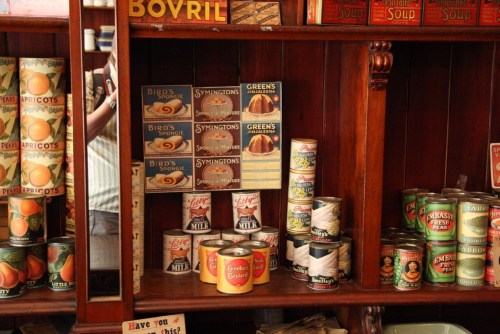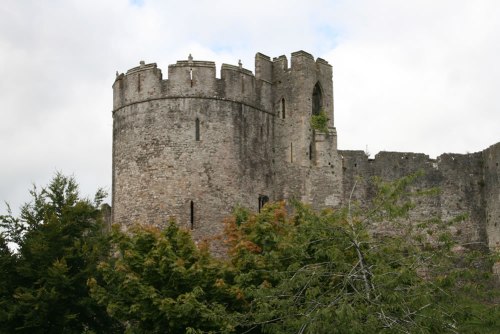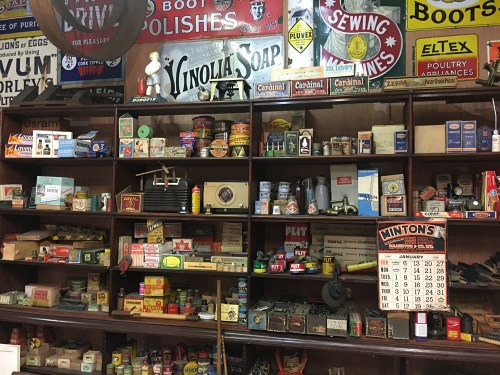Close to my house, on an old piece of land, a new petrol station, 24hour supermarket (and not quite yet) Starbucks has been built. No I am not blogging that there’s going to be a new coffee shop…
During clearance work, two Type 22 Pillbox bunkers were uncovered.
I know the area quite well, and have seen a few pillboxes in the area, but having passed this way many times I wasn’t aware that they were even there.
Looking at this old Google Street View image you can see why, this is how it looked before the construction started.
Here is how it looks now. Part of the planning permission was that these should be retained and protected.
So what we have is a World War Two pillbox defending a Shell petrol station!
The pillboxes were constructed to protect the airfield, RAF Weston-super-Mare, which was a Royal Air Force station on a civilian airfield in Weston-super-Mare. The civilian airfield was taken over by the RAF on the 1st May 1940 and would remain there until 1993.
